Our smartphones have become an increasingly important part of our daily lives. These devices fit in our pockets but have replaced many other gadgets and products. From calculators to cameras and everything in between, we can do almost everything on our phones. However, nothing is perfect, but fortunately, the ever-growing mobile phone accessories industry makes up for any shortcomings.
Does your new phone lack a headphone jack? There are many excellent wireless options to choose from. Want to make sure your beautifully designed device doesn’t get damaged? A case or screen protector is useful. Are you worried about running out of battery on your phone while traveling? A mobile power supply is a must. In this buyer’s guide, we look at the best phone accessories, from the essentials to the niche products you can get your hands on!
1. Must-have accessories recommended by Android authorities
As you continue browsing this page, you’ll see many types of mobile phone accessories available. All of these add-ons can enhance your smartphone experience, but not all of them are necessary. However, there are a few accessories that we think are essential.
One of the must-have accessories for most users is a case or cover. Today’s phones have beautiful designs, glass construction, and big displays, but having to cover them up sucks. But the only way to make sure your device stays in good shape is with a protective case. Even if you’re careful, unfortunate accidents can happen, and a shattered screen or glass back can be expensive to repair.
The next one is mobile power. Most phones offer at least a day of battery life with average usage, but “average” is the keyword there. If you use your camera a lot, play a lot of games, use your phone for GPS navigation all day, or do any other battery-intensive activity, your phone’s battery will drain quickly. A good portable power bank will ensure that you never have to worry about your phone battery dying again.
Another must-have accessory for many is a pair of Bluetooth headphones. Only a handful of phones have good built-in speakers, and the future of the headphone jack is still up in the air. Luckily, Bluetooth headphones and in-ear have gotten better with each generation, and there are now plenty of great options to choose from.
For more product categories and recommendations, descriptions of first-party vs. third-party accessories, and more, read on!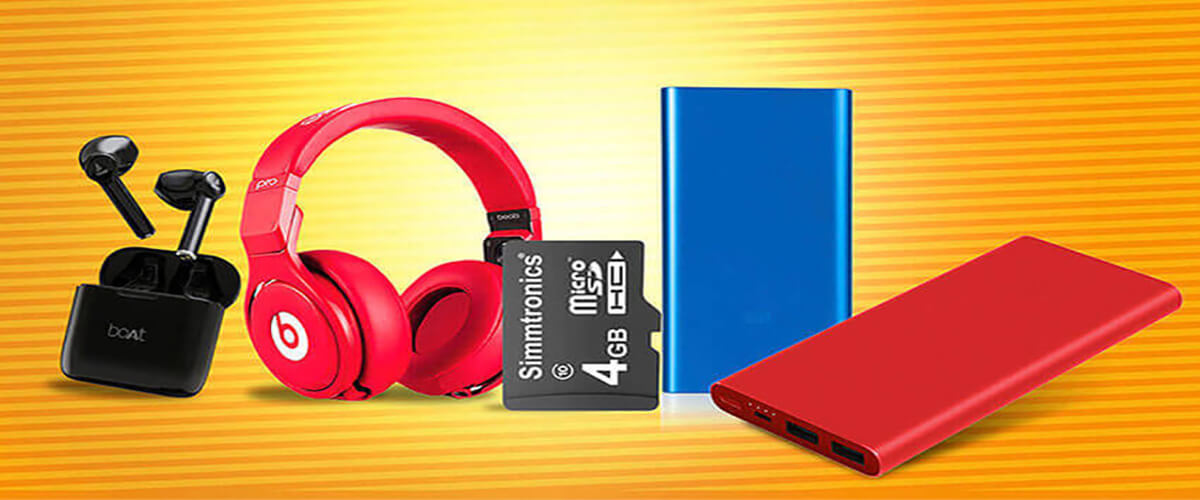
2. First-party accessories vs. third-party accessories
Before we dive into the plethora of accessories you can buy for your phone, let’s first talk about their manufacturers. Some OEMs manufacture their own accessories to support a specific smartphone or range of devices. Many OEMs release cases for their phones, but some OEMs, such as Samsung, offer a more comprehensive line of accessories.
As the name suggests, the OEM behind the phone doesn’t make third-party accessories. These products are designed to fill holes in the aftermarket or provide alternatives to often much less expensive first-party options. Both accessories have their own advantages and disadvantages, though.
1) Advantages and disadvantages of first-party mobile phone accessories
The great thing about first-party accessories is that they’re made for a specific phone or range of phones. For example, while the Google Wireless Charger works fine for other devices, it’s the only option if you want the fast charging speeds of phones like the Pixel 6 and Pixel 6 Pro.
On the other hand, the apparent lack of variety is a major problem with first-party accessories. Only a handful of OEMs release accessories, and those are mostly cases and covers. Samsung is one of the few companies that offers a decent portfolio of accessories. OEM parts are also very expensive, and you can often find equally good or even better alternatives from third-party companies.
Things are slowly changing, which is good news. More and more companies are launching accessories such as wireless chargers and Bluetooth headsets. Admittedly, it’s an unfortunate consequence of the inevitable lock-in of available features depending on which phone you use.
2) Advantages and disadvantages of third-party accessories
Third-party accessories are advantageous in many ways because they often fill a gap in the aftermarket. Third-party companies dominate categories like phone mounts, screen protectors, microSD cards, and a plethora of Bluetooth accessories. Even in areas where OEMs are trying to compete, such as cases, third-party case makers have a wider selection. These options are also usually more affordable.
The disadvantages of these accessories are twofold. The generic nature of these products may not always provide optimal results. Standard wireless chargers work just fine, but with some devices, you’ll notice slower charging times than with first-party chargers.
The bigger problem is sorting through the hundreds of options available, many of them from unknown or even unheard-of companies. Device compatibility is an overlooked issue. Buying a bad charger, cable, or power bank can have serious consequences, including possible damage to your device. Research first before buying any accessories for your phone.
3) Things to pay attention to when purchasing third-party accessories
Before buying accessories from a brand you’re not familiar with, be sure to check the following:
- Check out reviews submitted by owners on sites like Amazon. What are people saying? Do these comments look legit? For example, if their submission is very vague and poorly written, they may get paid or sponsored.
- Look for oddities like if a product review isn’t actually for that product! Surprisingly, this happens so often with third-party accessories from obscure brands. When I’m trying to buy a rice cooker, I don’t want to see an excellent rice cooker review.
- Familiarize yourself with the product’s return policy. While many products have a return period, some may only have an exchange period and therefore cannot be refunded.
3. Best phone case
Most smartphones these days are made of metal or glass, so keeping them safe and protected from damage can be tricky. Even if you don’t want to hide your phone’s beautiful design, a good case or cover can go a long way. However, some cases can also add some style points to it. From ultra-thin to extremely rugged, there’s something for everyone.
1) What kind of case do I need?
We can broadly divide phone cases into four categories: Thin, Hybrid, Wallet, and Rugged. There are a lot of categories that are self-explanatory, but let’s take a quick look at what’s included.
- Thin Cases: These cases are usually super thin and don’t add any weight to the phone. Single-layer (or sometimes double-layer) covers are made of TPU or polycarbonate. They’re perfect for those who want the minimalist case possible, but keep in mind they might not always be the most protective.
- Hybrid cases: Many hybrid cases are thin and lightweight, but offer more protection than typical thin cases. This includes any product that uses a combination of materials, such as a polycarbonate back and TPU bumper or a relatively thin dual-layer shell. These cases may be ultra-thin cases that are as light as a feather, but some cases have the same MIL-STD 810G-516.6 standards as rugged cases.
- Rugged Cases: Rugged cases are big and bulky, but ensure your phone will survive almost any situation. Heavy-duty cases are generally suitable for those who work in harsh environments or are clumsy. These types of cases also usually come with a belt clip and holster to keep your phone safe.
- Wallet Case: The wallet case allows you to store cards, IDs, and some cash while protecting your phone. Those with folio covers also help keep the display secure without a screen protector. The cardholder has less storage space but has a slimmer profile. Leather wallet cases are expensive, but they also look great.
Of course, we have hundreds of device-specific case listings, although the above are some of the most popular ones. Always Google if you can’t find what you’re looking for.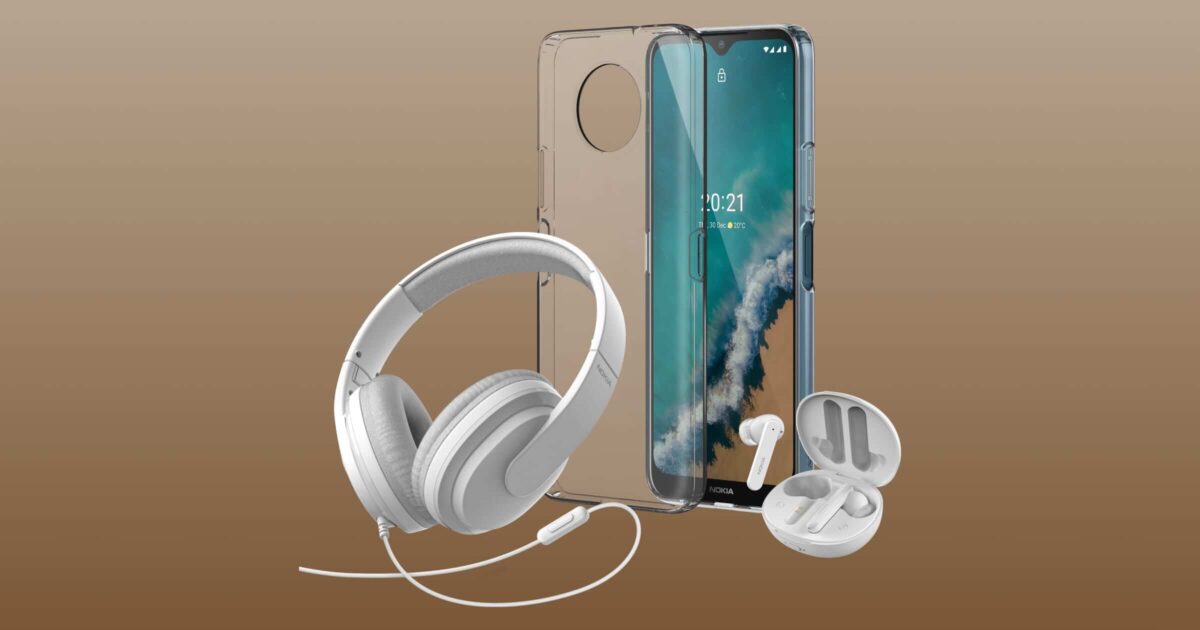
4. The best screen protectors
It’s all in this man’s name. Screen protectors are designed to protect your phone’s display from damage. Replacing a display can be expensive, so it’s a good idea to make sure it’s protected.
1) Type of screen protector
There are several different types of screen protectors that offer varying degrees of protection. Some just help keep the screen free from scratches and other blemishes, while others keep the display safe even if the phone is dropped from the front.
- TPU: TPU screen protectors have always been around, and used to be the most popular choice. They’re flexible enough to work well with curved monitor edges, and some options even have a “self-healing” feature that fixes very small blemishes. They don’t affect the viewing experience or touch response much but do little other than keep the screen scratch-free. These also rely on the sometimes difficult wet installation process.
- PET: PET is a thinner, more compact form of plastic film. It will help keep the display free from scratches, but nothing else. PET screen protectors are also easier to install, but you may have issues with air bubbles that will take a while to fix.
- Tempered Glass: A tempered glass screen protector is the best choice if you want to ensure that your phone’s display won’t fall off. They’re thicker than alternatives, and some poorly made options can seriously affect touch response and possibly even the viewing experience. You’ll also find a variety of features here, including options like a privacy screen protector.
2) Do I need a screen protector?
Screen protectors used to be an essential accessory, but due to the materials used, especially the introduction of Corning Gorilla Glass and other options, most current smartphones have screen protectors built into them. Some cases have raised edges around the display and other protective features to help keep the screen safe.
However, if peace of mind is more your thing, a screen protector is a great idea. If you’re only concerned about scratches, you can opt for TPU or PET films, but a tempered glass screen protector offers better overall protection.
Another thing to keep in mind is that a tempered glass screen protector may not fit your phone. More specifically, finding the right option for a phone with a curved display isn’t easy. The presence of an in-display fingerprint scanner is also a concern. Many scanners simply don’t work with tempered glass shields. As with anything else, proper research is crucial here. Or you can always check out our suggestions!
5. Best phone mount
With maps and built-in GPS navigation, your smartphone is more than enough to keep you going in the right direction. However, it’s not a good idea to hold onto your phone while driving or biking, putting yourself and others at risk.
The phone mount does exactly what it says on the box, “fixing” your phone in a convenient and easy-to-reach location without taking your eyes too far from the road. You can then take advantage of car-friendly features like your phone’s voice input to safely navigate via GPS, make emergency calls, and more.
1) What phone mount should I buy?
Choosing the right car mount is the hard part. There are many options to choose from, and it has many functions. Most car mounts come with one of five connection points: dashboard or windshield mount, air vent, CD player, or auxiliary power port (cigarette lighter port).
The CD player mount is for cars that still have a CD player (and you don’t use it anymore). The same goes for the auxiliary power port. This port has been phased out and USB ports have replaced it in many newer cars. Choosing an air vent bracket is entirely dependent on the car model. Some cars have curved air vents to which you cannot attach a car mount. Even if it does fit, this will at least partially block the vent.
For most people, the best option is a dash or windshield mount. You can place it at your convenient place and don’t have to worry about compatibility issues. However, they’re not the easiest to move and adjust, and some leave a sticky residue after removal. Finally, you’ll also have a ton of features to choose from. Some models are pretty basic, while others have unique features like built-in wireless charging.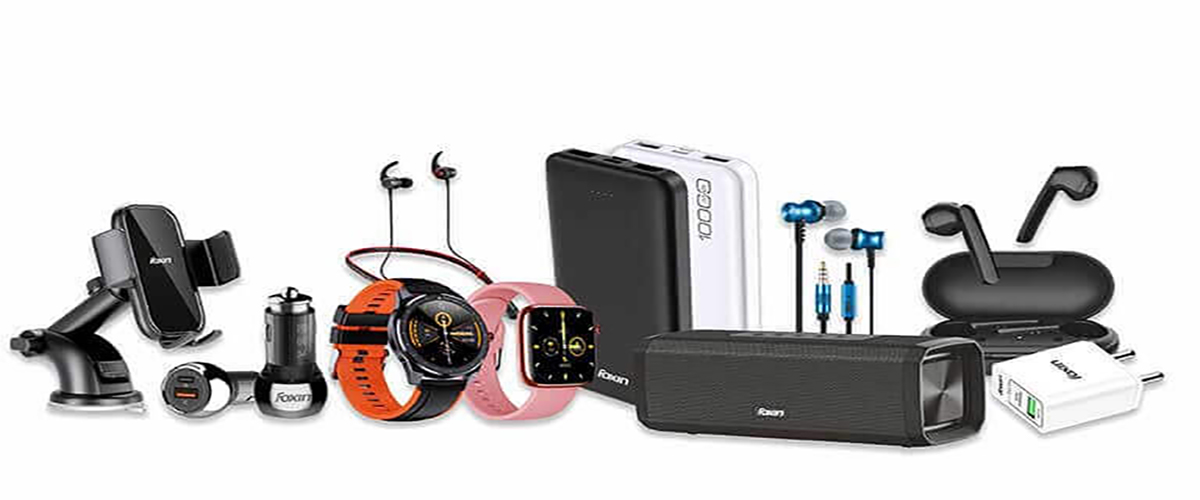
2) The best phone holder
Here is our roundup of the best phone mounts for your reference.
#1. iOttie One Touch 5 Car Phone Mount
iOttie is one of the best manufacturers of car phone mounts, and the One Touch 5 is one of the best you can buy. It’s easy to see why: the design allows for a one-handed fit in the secure mount and a full range of movement. It has a sturdy suction cup that can be placed on your car’s interior windshield, or you can use the included sticky pads to place the mount on your dashboard. Other models allow you to plug the phone holder into your car’s CD player or cup holder or attach it to the air vent.
#2. Logitech Plus Trip Vent Mount
This next pick takes us from the famous car phone mount to one of the most discrete. The Logitech Plus Trip is a tiny gray disc that attaches to your air conditioner vent and uses a single magnet for stability. It’s so small that once you attach it, your phone almost seems to float. There is a small cable management slot on the vent prongs. Having a magnetic attachment to your phone is a given, but it’s a super affordable option that offers excellent quality at an affordable price.
6. The best phone charging accessories
Whenever you see your phone’s battery die and know you won’t be able to charge it on time, it creates a real panic. Now that the major OEMs no longer include chargers in their flagship products, finding the right charger for you is even more important. Luckily, there are plenty of charging accessories to make sure this isn’t a problem. From travel-friendly multi-port wall chargers to car chargers and lots of power banks, here’s a roundup of all the best phone chargers and charging accessories you’ll ever need.
1) What should I pay attention to when choosing a third-party charger?
On the surface, choosing the best phone charging accessory sounds easy. With thousands of products to choose from, all you need to do is find the right one. However, having too many options can cause problems. Doing your homework is essential no matter what you buy, but even more so when it comes to chargers.
A bad charger or cable, as well as a faulty power bank, can irreparably damage your phone. There are many good options out there, but doing your research properly is crucial. Other factors should also be considered.
- How fast does it charge? You may have bought a power bank with a 50,000Ah battery or a wall charger with 10 ports, but that’s a problem if it takes you all day to charge your devices. The best options should ideally support the fast charging standard for cell phones or other portable devices.
- What capabilities do you need? For power banks, choosing the one with the highest capacity may not be ideal. Portability is an issue because you don’t want to be carrying what is essentially a brick in your backpack. But if you need something smaller, there are plenty of great options. 10,000mAh is the sweet spot in our opinion, but it all depends on your needs.
- Is it equipped with the right ports for your needs? Newer or cheap chargers often don’t have a great selection of ports. There may be USB Type-A instead of USB-C, or fast charging may not be mentioned above. Find out which ports are on your device and whether the charger that caught your attention fully supports your device. Larger charging stations will even let you know to charge your laptop.
- Is the brand trustworthy? Reputable brands are more likely to experience numerous charge cycles. We highly recommend Anker and AUKEY, but there are many other great brands out there. We’ve made sure that every option on this list balances price, quality, and reputation.
- What size do you need? You also have to consider the size. Do you want something that fits easily in your pocket or backpack? Or do you want maximum charging power packed into a bulky portable charger? How long should the charging cable be?
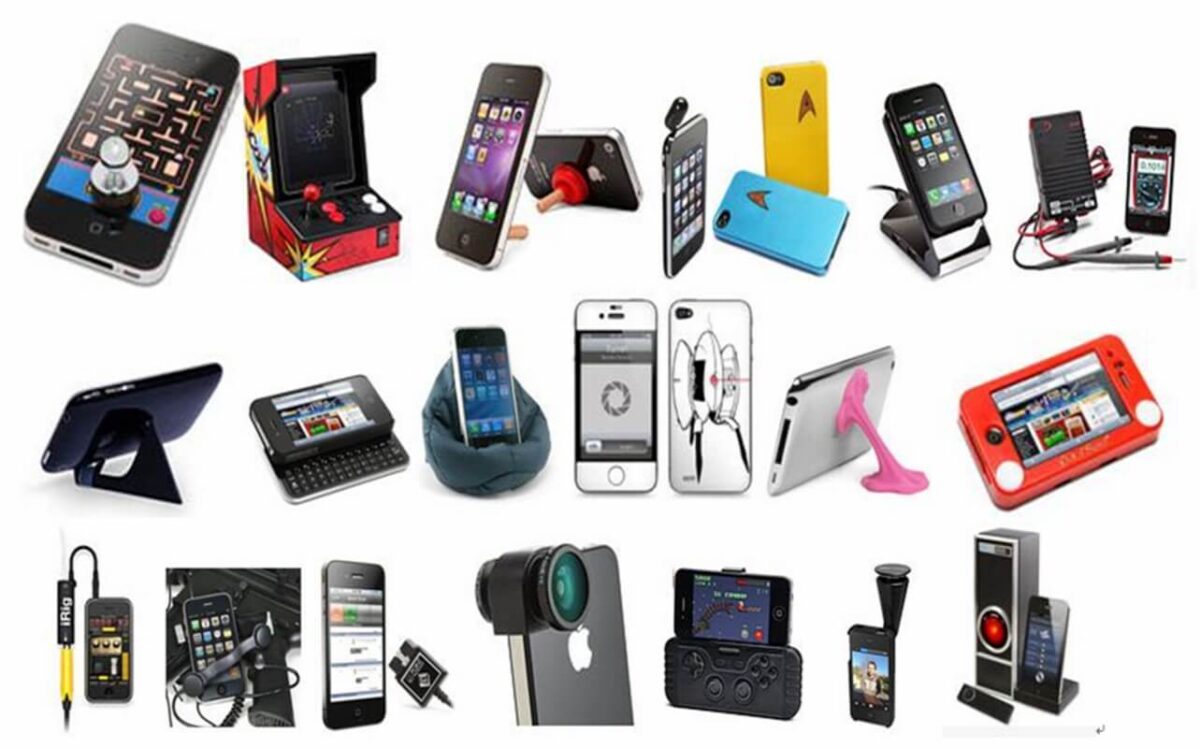
2) The best wall chargers
Here’s our roundup of the best wall chargers for your reference.
#1. Anker Powerport III Pod
If you’re looking for a charger for your phone, tablet, Nintendo Switch, or even your laptop, the Anker Powerport III Pod 65W is one of the best wall chargers you can get. It’s equipped with the latest version of Anker’s Power IQ technology, which ensures fast charging for most smartphones and tablets, including ultra-fast charging for Samsung’s latest flagships. It’s also an impressively compact option compared to most charging bricks.
#2. Anker Surge Protector Power Strip
If you want to get the most out of your options, Anker has once again brought you a full-fledged power strip. It plugs into the wall through a single AC outlet. On the other hand, the six-foot cable means you can place the charging hub wherever you want. Once plugged in, you can choose between one 45W USB-C port and two 15W USB-A ports, as well as three additional AC power options. It’s pretty much the ultimate charging station due to the flexibility it offers. The capsule design is also beautiful on the table.
3) Best wireless charger
Here is our roundup of the best wireless chargers for your reference.
#1. Samsung Wireless Charger DUO Pad
The Samsung Duo charging pad is just as good as a wireless charging pad. As the name suggests, the pad can charge two devices at the same time. However, the Samsung Wireless Charger Dual Pad goes a step further by supporting fast charging. That means you can charge a compatible Samsung phone at up to 15W while simultaneously charging another phone or wireless headphones on a second charging pad.
If you have a Samsung phone, smartwatch, and wireless headphones, you might want to consider the Samsung Trio Pad.
#2. Anker PowerWave II Wireless Charger
#3. Belkin Wireless Charging Pad
The Belkin Wireless Charging Pad is designed to provide up to 15W fast charging for Samsung, Apple, and Google smartphones that support the pad. All other Qi-enabled devices will charge at 5W, including Apple’s AirPods and other true wireless earbuds. Since Apple has yet to launch a first-party wireless charger, the Belkin Wireless Charging Pad is a great option if you own an iPhone.
4) Best car charger
Here is our roundup of the best car chargers for your reference.
#1. Anker PowerDrive+ III Dual Core
Anker’s 50W Dual Port USB Charger is an excellent choice. This charger gives you two USB-C slots for fast charging two devices at the same time. It’s a small, compact car charger that’s perfect for those who don’t want to keep bulky items in their car. It’s compatible with most devices and has a range of security features to keep you and your devices safe.
5) Best Portable Power Bank
Here is our roundup of the best portable power banks for your reference.
#1. Crave Plus Pro Portable Charger
Crave’s Plus Pro Portable Charger is a three-port option with Quick Charge IC 3.0. Two ports are USB-A, and the third option is a USB-C port with Power Delivery with up to 45W of charging power. The power bank itself is only about the size of a standard phone, so you can easily slip it into a backpack or even your pocket.
Once the Crave Plus Pro runs out of power, use the USB-C input port to quickly get back to full speed. Even though the Crave Plus Pro isn’t the cheapest option on the list, its three charging ports are a major plus.
#2. Samsung 2-in-1 Portable Fast Charging Wireless
Samsung’s 10,000mAh charger is unique in that it has a wireless charging pad on top. It’s capable of fast-charging compatible Samsung phones at up to 7.5W in wireless mode and up to 25W when connected via a USB cable. The phone is Qi compatible, which means you should have no problem using it with other phones.
6) Fastest charging cable
Here’s our roundup of the fastest charging cables for your reference.
#1. Anker Cable
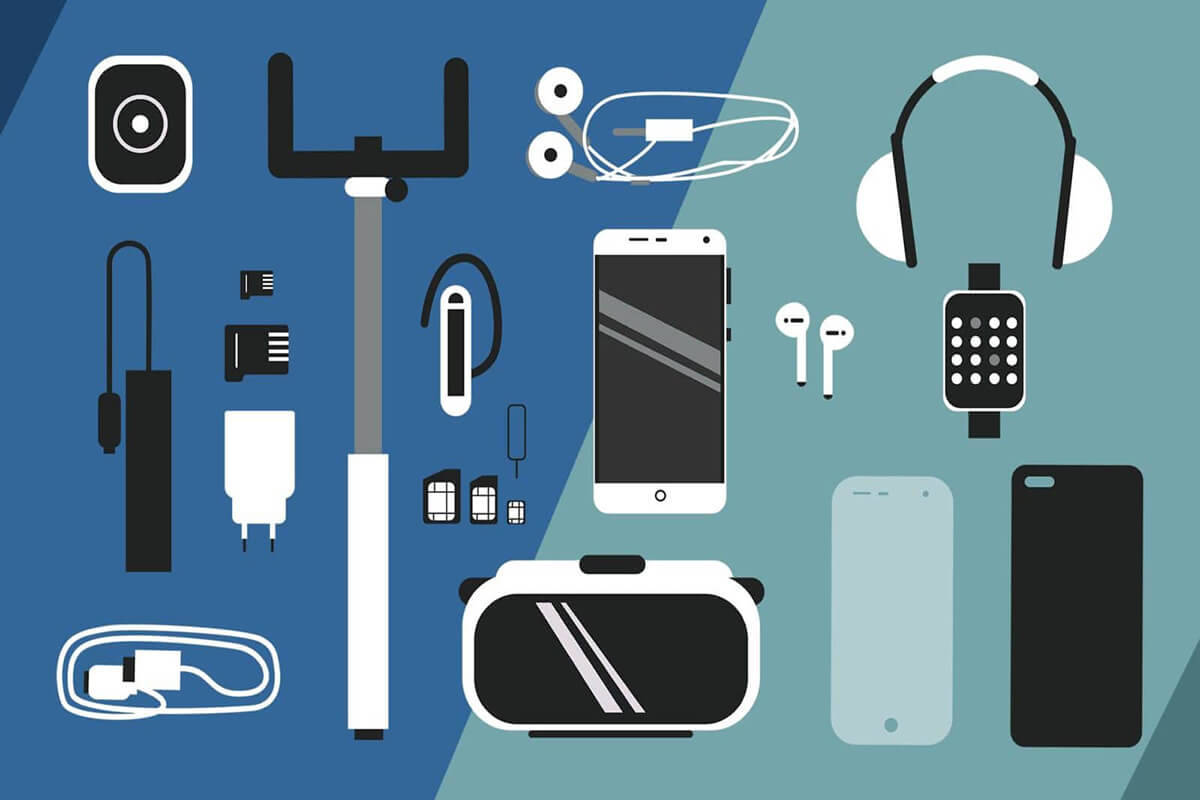
7. The best Bluetooth accessories
Chances are you already have a lot of Bluetooth accessories in your home. From headphones and speakers to keyboards and game controllers, Bluetooth is a versatile connectivity option that lets you connect completely wirelessly. Of course, it’s far from perfect. Range and connection issues are common, especially among audiophiles, who are a long way from using Bluetooth audio.
Still, there’s no denying the convenience of wireless connectivity, and there are plenty of Bluetooth accessories to enhance your phone experience. let’s see!
1) Best Bluetooth Headphones
Here is our roundup of the best Bluetooth headphones for your reference.
#1. Samsung Galaxy Buds Plus
For most people, the Samsung Galaxy Buds Plus are the best true wireless earbuds: They’re inexpensive, packed with features, and have long battery life and a pocketable charging case. Granted, these aren’t the prettiest earbuds around, but they meet the needs of most listeners. If battery life and features are your main concerns, the Samsung Galaxy Buds Plus are king.
#2. Sony WF-1000XM4
2) The best Bluetooth speakers
Here is our roundup of the best Bluetooth speakers for your reference.
#1. JBL Charge 5
JBL is one of the top brands for Bluetooth speakers, and it’s no surprise that they’re also our top pick. The Charge 5 is the perfect compromise for a speaker that sounds good but is still tough enough to take to the beach. Like the Charge 4 before it, it’s still wrapped in IPX7 waterproof fabric to protect against water damage. You can expect excellent battery life, and it charges via USB-C, which is great for those looking to future-proof their device.
#2. Marshall Stanmore II
The Marshall Stanmore II continues the sonic tradition defined by its predecessor, with an upgraded amplifier, improved Bluetooth functionality, and additional tuning controls for a customized listening experience. Designed with Marshall’s signature guitar amp, this speaker is “audiophile”. However, the Stanmore II is not just for performance, it can produce a sound signature suitable for almost any genre. If you need the best sound quality and are willing to pay a premium, Stanmore II may be the best choice for you.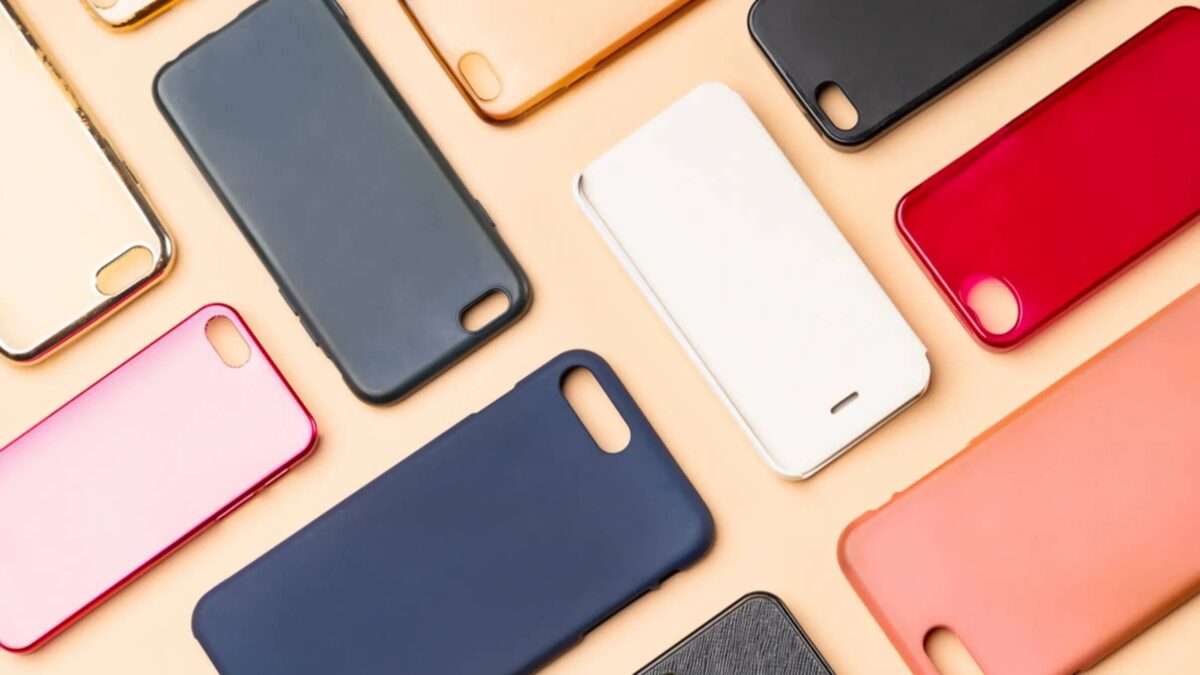
8. MicroSD card and external storage
If you’ve recently bought a new camera, laptop, phone, or gaming console, it’s always good to have extra storage. As we do more and more things on our phones, expandable memory cards are fast becoming one of the must-have phone accessories.
As far as extra storage on phones goes, the good news is that some new smartphones are offering microSD card support again, after removing it altogether a few years ago. If your phone doesn’t have a microSD card slot, you can still use an external USB flash drive for your storage needs.
1) What to look out for when buying extra storage for your phone
It’s tempting to buy as much storage as possible to make sure you never have to worry about it again. Not only is this very expensive to do, but compatibility can also be an issue, especially with microSD cards.
Storage Capacity and Compatibility
Pay attention to the storage specifications of your phone. Especially ultra-affordable phones may only support microSD cards up to 32GB. You shouldn’t have issues with midrange and flagship phones, but it’s worth knowing this information before buying.

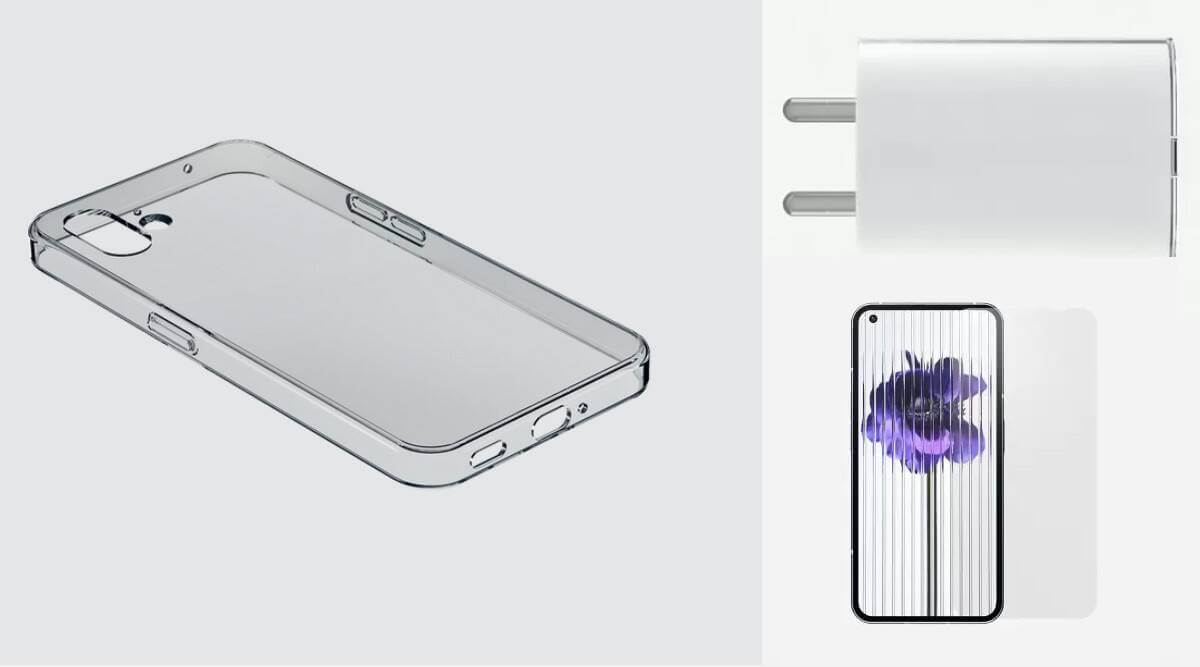
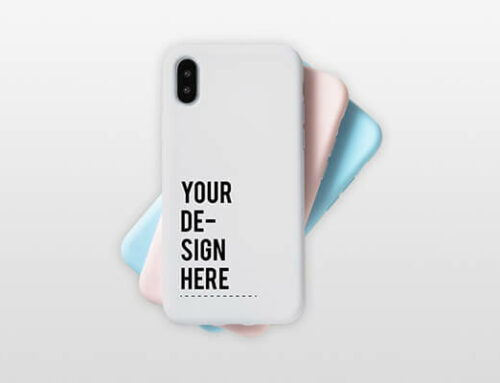
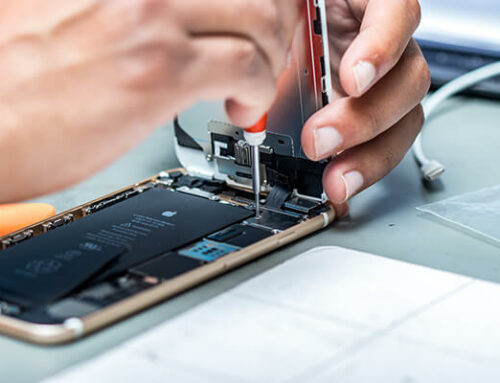
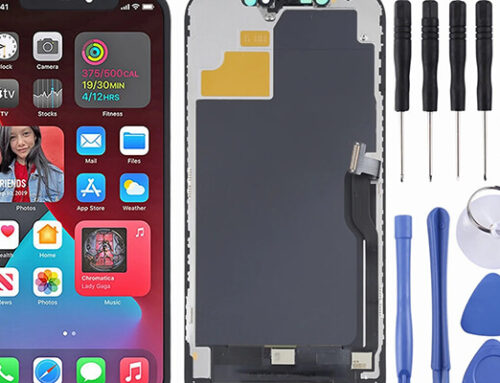
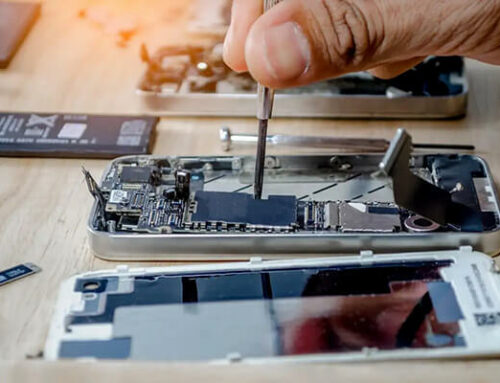
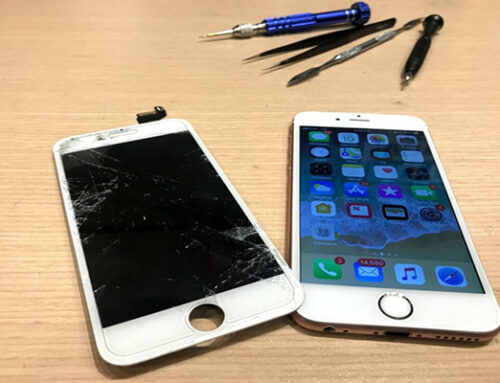
Leave A Comment